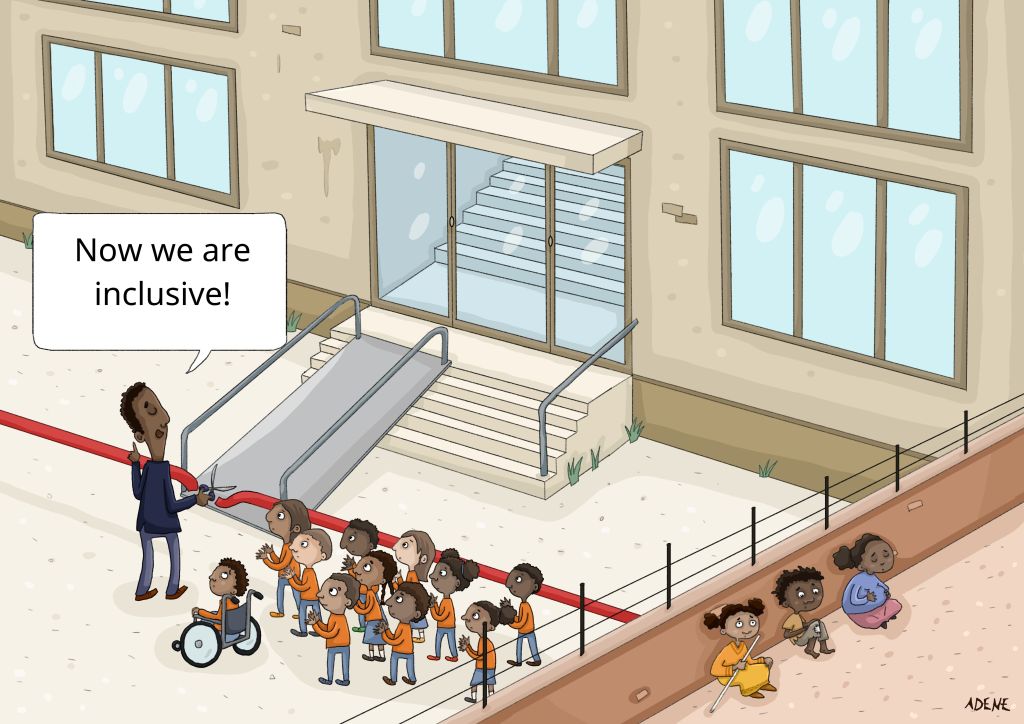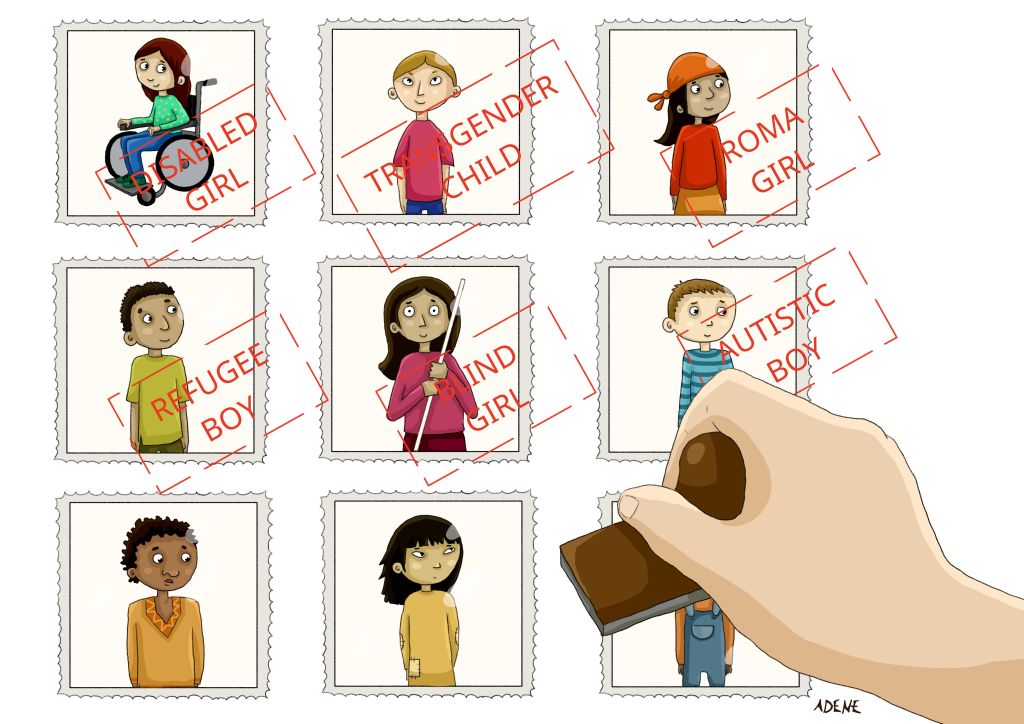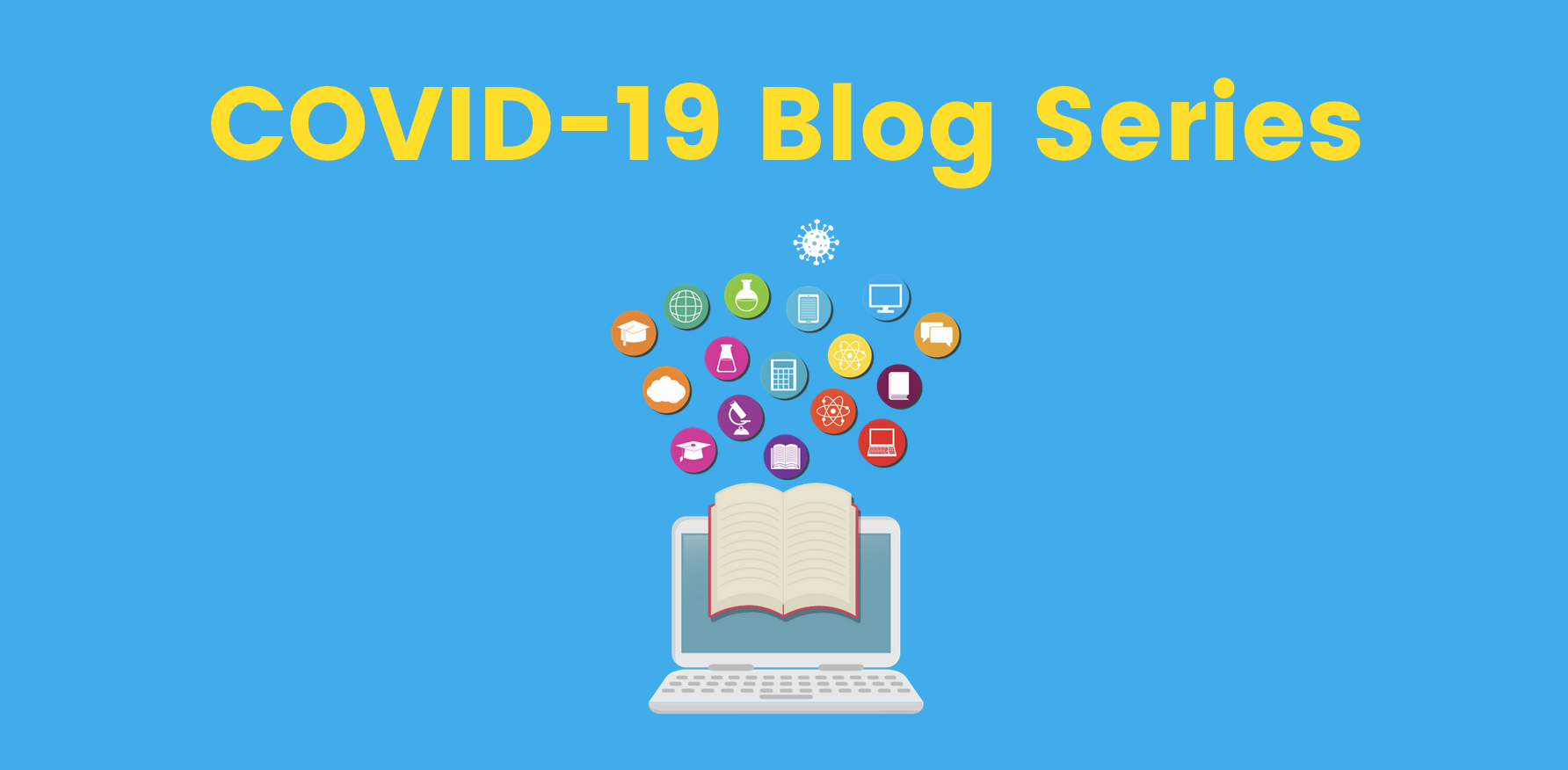Today, December 3rd, marks the annual celebration of persons with disabilities. It is a reminder of the importance of removing barriers to education for all people living with disability, both visible and invisible.
As many readers will know, the latest global GEM Report, and its regional version for Latin America and the Caribbean, focused on inclusion and education, within which the rights of those with disabilities were flagged as a concern. This blog highlights some of its core findings that we hope will be top of policy makers’ to-do lists.
Definitions: When discussing inclusion, most would agree that universal access to education is a prerequisite, but there is less consensus on what else it means to achieve inclusion in education for learners with disabilities. The UN Convention on the Rights of Persons with Disabilities focuses on where children are educated, which helped mark a break away from segregation, but full inclusion involves many more changes in school support and ethos than just school placement. Including children with disabilities in mainstream schools that are not prepared, supported or accountable for achieving inclusion can intensify experiences of exclusion; it can even provoke backlash against making schools and systems more inclusive.
No schools in Burundi, Niger and Samoa, for instance, have ‘adapted infrastructure and materials for students with disabilities’, as per SDG global indicator 4.a.1. In Jamaica, a survey of 10% of schools in the country concluded that only 24% had ramps and 11% had accessible bathrooms. While several countries have made curriculum accessibility a priority in their efforts to achieve inclusion, others still teach students with disabilities a different curriculum altogether.
Shaky foundations: While some countries are transitioning towards inclusion, segregation is still prevalent. Laws and policies differ on whether students with disabilities should be in mainstream schools or not. In the case of students with disabilities, analysis of country profiles on inclusion in the GEM Report’s PEER website, shows that laws in 25% of countries (but over 40% in Asia and in Latin America and the Caribbean) make provisions for education in separate settings, 10% for integration and 17% for inclusion, the remainder opting for combinations of segregation and mainstreaming.
Implementation of these laws can be questionable too, with governments sometimes equivocating on the extent to which inclusion laws commit them to include students with disabilities in mainstream schools. In spite of Chile’s 2018 inclusive education law, for instance, our regional report Latin America and the Caribbean showed that there were still more than 2,000 special schools in the country, catering for 5.1% of all students. In Nicaragua, inclusive education is one of the 2017–21 education plan’s strategic priorities, but one-third of about 10,000 students with disabilities were in special schools in 2019.
Identification One of the greatest concerns – and challenges we faced when writing the report – is that, while data on disabilities are improving, we still know little about the scale of the education challenges of learners with disabilities. Almost half of low- and middle-income countries collect no administrative data on students with disabilities, for example.
Agreeing to a valid measure of disability has been a long process. The UN Statistical Commission’s Washington Group on Disability Statistics proposed a short set of questions for censuses or surveys in 2006, and a child-specific module was then developed with UNICEF, but their rate of adoption is only slowly picking up. This means that the evidence that emerges on disability is of higher quality, consistent with the social model, but still patchy.
Of the 14 countries taking part in the Multiple Indicator Cluster Surveys (MICS) in 2017–19, results showed that children, adolescents and youth with disabilities accounted for 15% of the out-of-school population. They face complex barriers. Those with a sensory, physical or intellectual disability are 2.5 times more likely to have never been in school than their peers without disabilities.
Of course, part of the challenge in measuring is that identification of special education needs can be contentious. It can reduce children to labels, which can prompt stereotyped behaviours. Portugal recently legislated a non-categorical approach to determining special needs as a response to this, for instance. The challenge of coming up with categories is emphasized in the findings that the US has found learning disability to be the largest category of special needs but it does not feature at all on the list in Japan.
Financing: A further key challenge is how to finance disability-inclusive education. As identification rates increase, policy makers will find that education costs grow. As funds are linked to identification rates, policy makers also need to define results in a way that maintains pressure on local authorities and schools to avoid further earmarking services for children with diagnosed special needs and further segregating settings at the expense of other groups or general financing needs. A twin-track approach to financing is recommended, complementing general mechanisms with targeted programmes. Many countries in Latin America (Argentina, Bolivia, Paraguay, Uruguay) have conditional cash-transfer programmes with disability as targeting criteria, for instance.
Inclusive teaching: The requirement that teachers use curricula flexibly so as to cater to the different learner needs – and speeds – in their classroom, necessitates training. There are multiple signs from all corners of the globe that this is not happening. Some 25% of teachers in the 2018 Teaching and Learning International Survey reported a high need for professional development in teaching students with special needs. Across 10 francophone sub-Saharan African countries, only 8% of grade 2 and 6 teachers had received in-service training in inclusive education. Over 50% of teachers in Brazil, Colombia and Mexico reported a high need for professional development on teaching students with special needs.
The call to action in the Report to stop the extent that identity, background and ability continue to dictate education opportunities is more true now than ever. The 2020 Gem Report was finalised just as the pandemic was starting. While the implications of COVID on inclusive education were unable to be analysed in full in the text, we hope they were not lost on anyone reading its recommendations.
During the pandemic, isolation, disrupted routines and diminished services have greatly impacted the lives and mental well-being of people with disabilities right around the world. While solutions during COVID-19 have been implemented in the context of crisis, we must not forget the importance of making up for lost time as we recover and rebuild. An important first step in doing this would be to speak with learners with disabilities on their experiences and needs. Organizations of people with disabilities would be vital partners too. It is critical we use the momentum of this day to work with policy makers on designing education solutions that consider the most marginalised and their needs.
Resources:
- Global report on inclusion and education
- Latin America and Caribbean regional report on inclusion and education
- Latin America and Caribbean disability and education fact sheet
- Sub-Saharan Africa disability and education fact sheet
- Listen to our podcast with 2020 GEM Report champion, Brina Kei M. Maxino from the Philippines, who was born with Down syndrome and our youth advisor Vivian Onano
- PEER website with country profiles on laws and policies on inclusion and education
- Watch a side-event held during the 13th session of the Conference of States Parties to the CRPD co-hosted by the Permanent Mission of Portugal to the United Nations, Inclusion International and the GEM Report (01/12/2020)
- Watch a co-hosted event by the GEM Report and the IDA on inclusion in education for children with disabilities in Latin America and the Caribbean. (30/11/2020)










